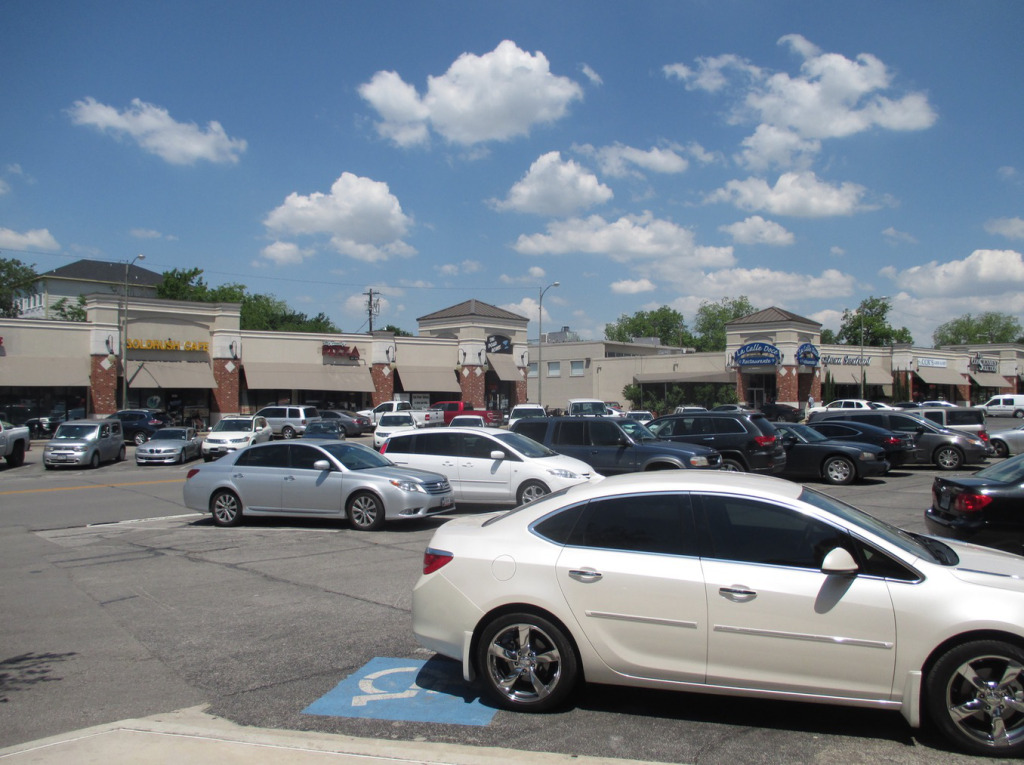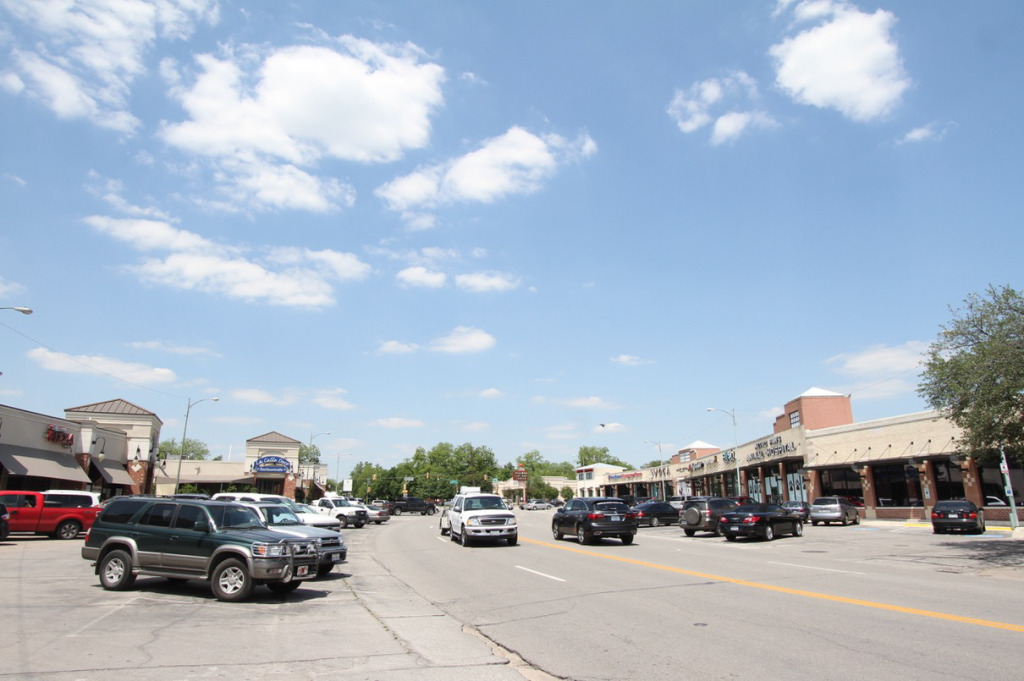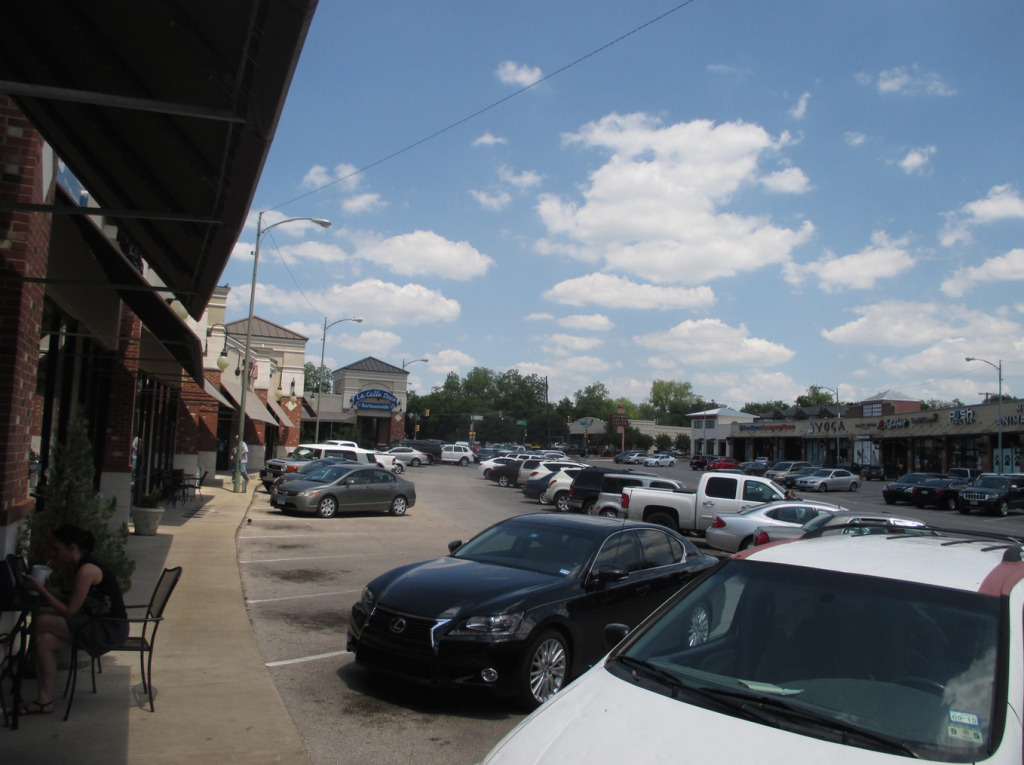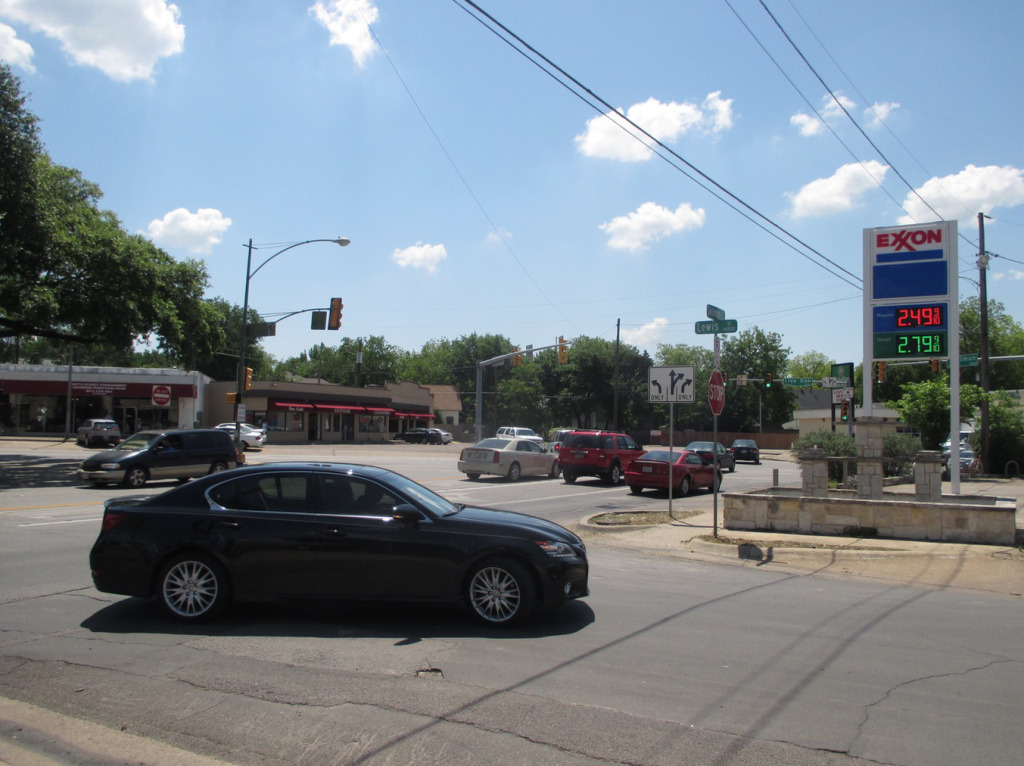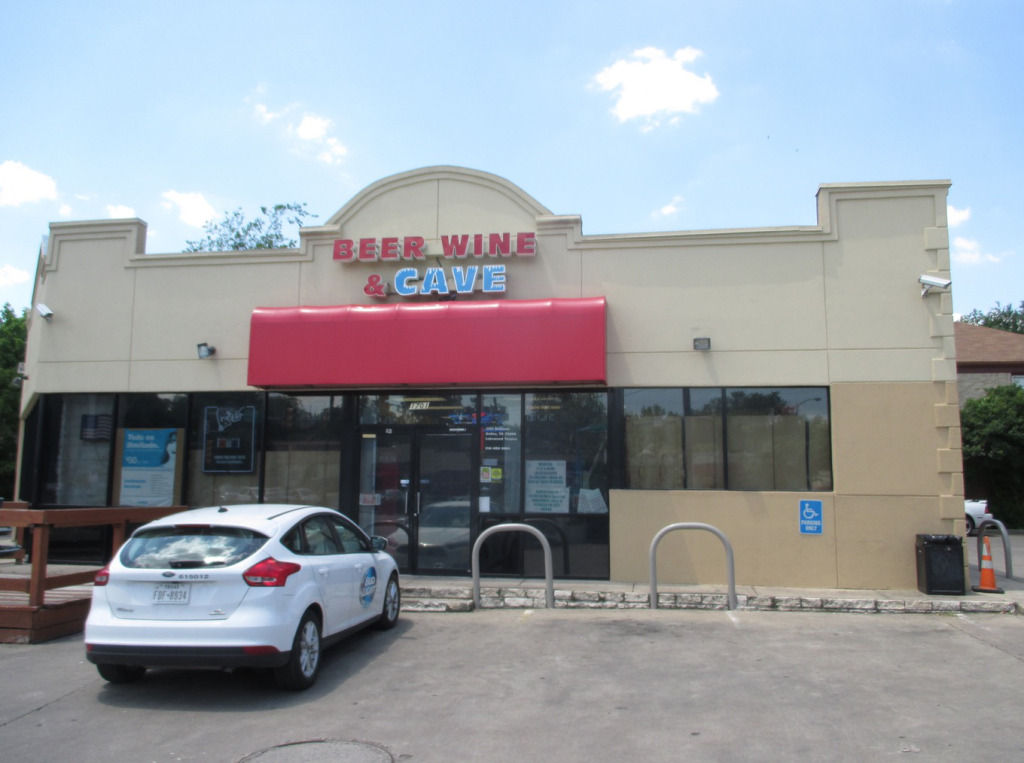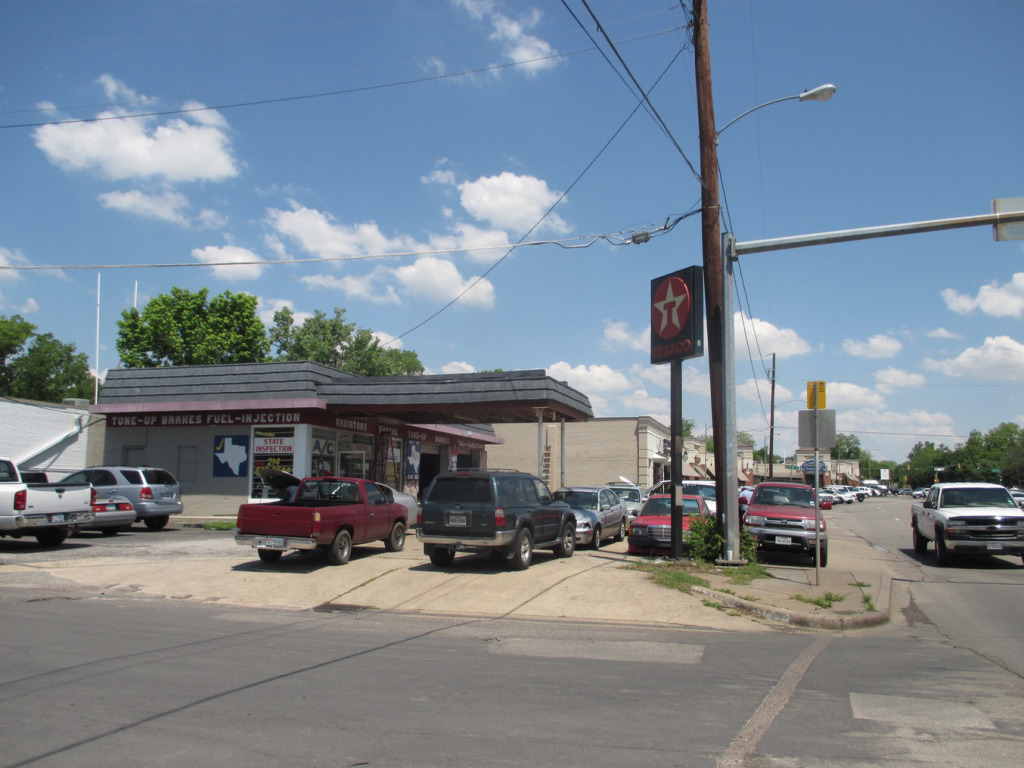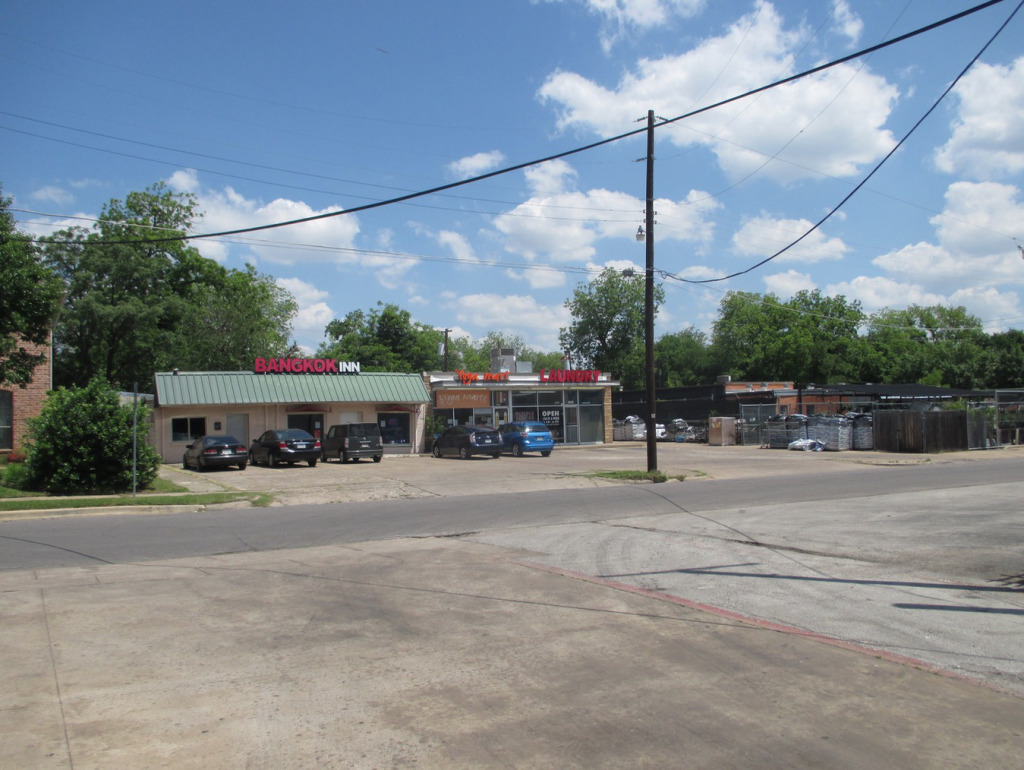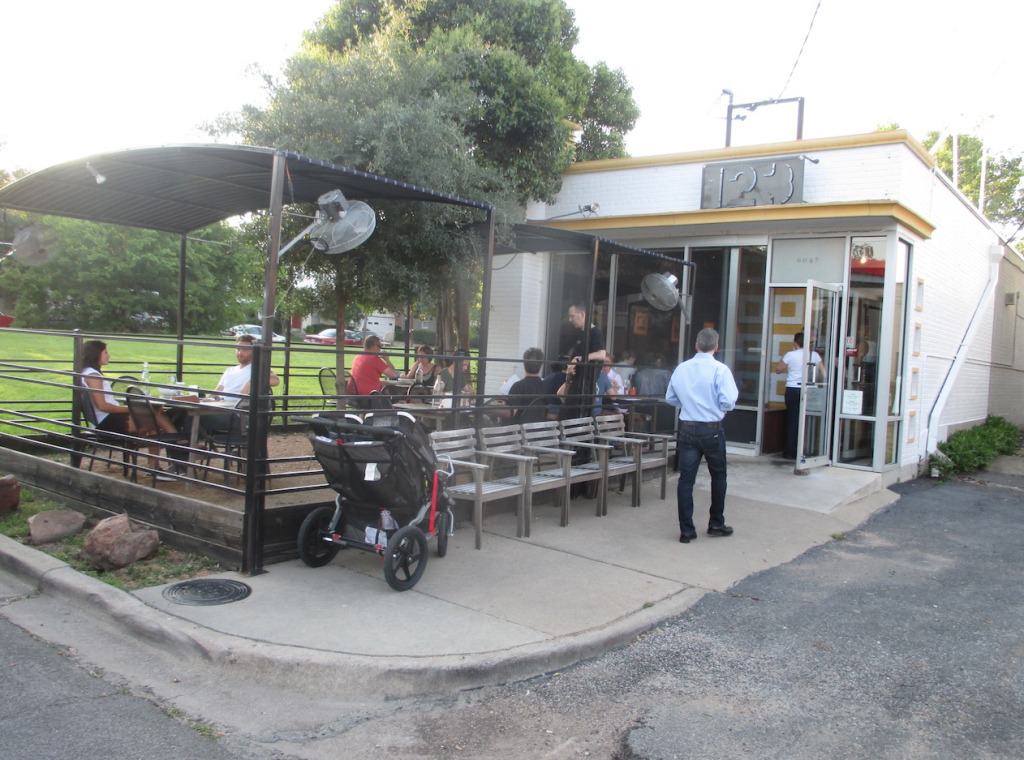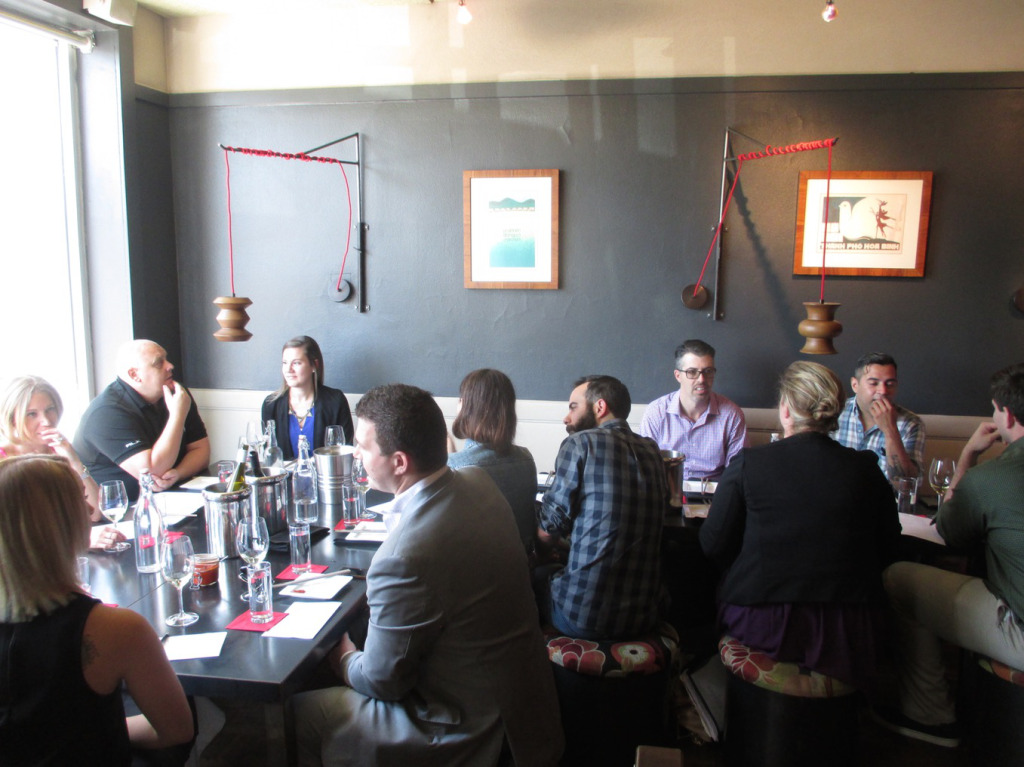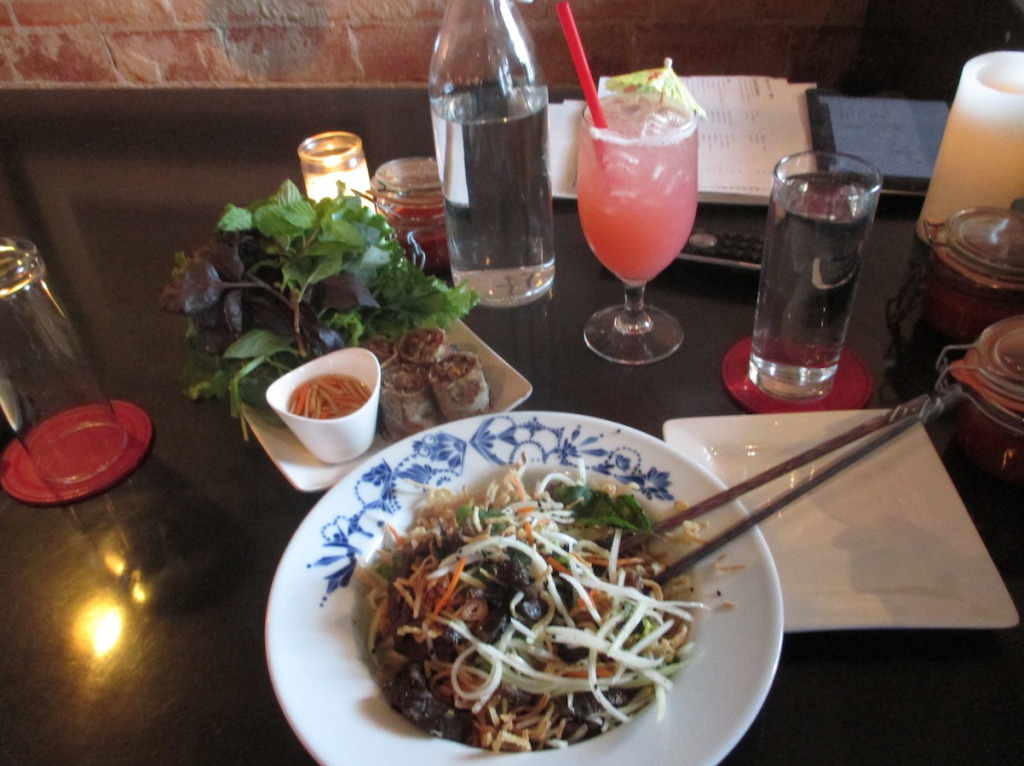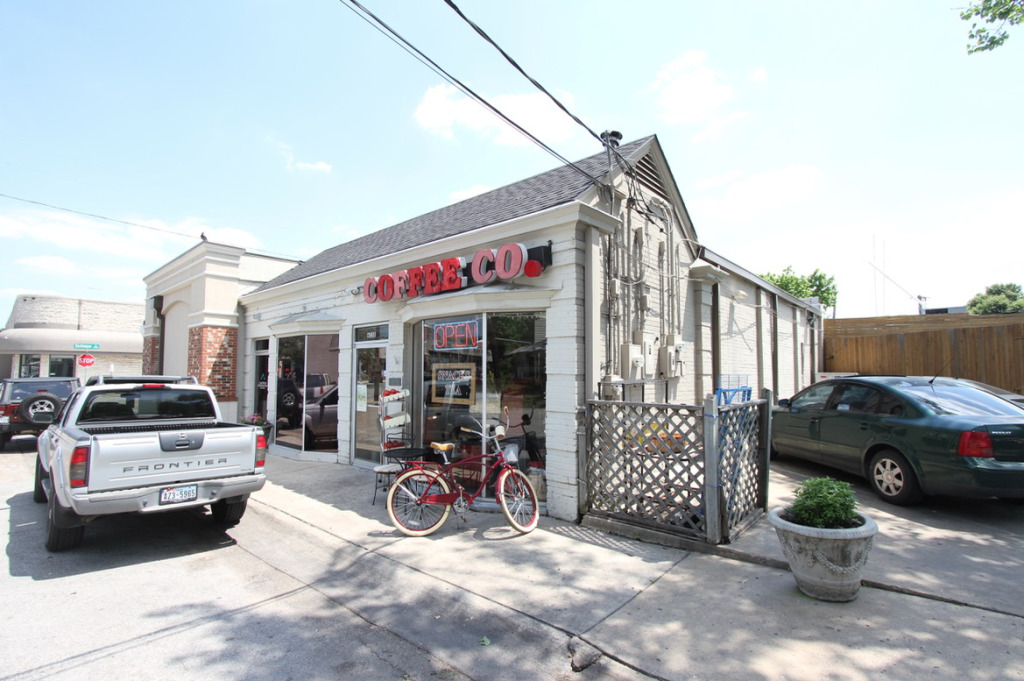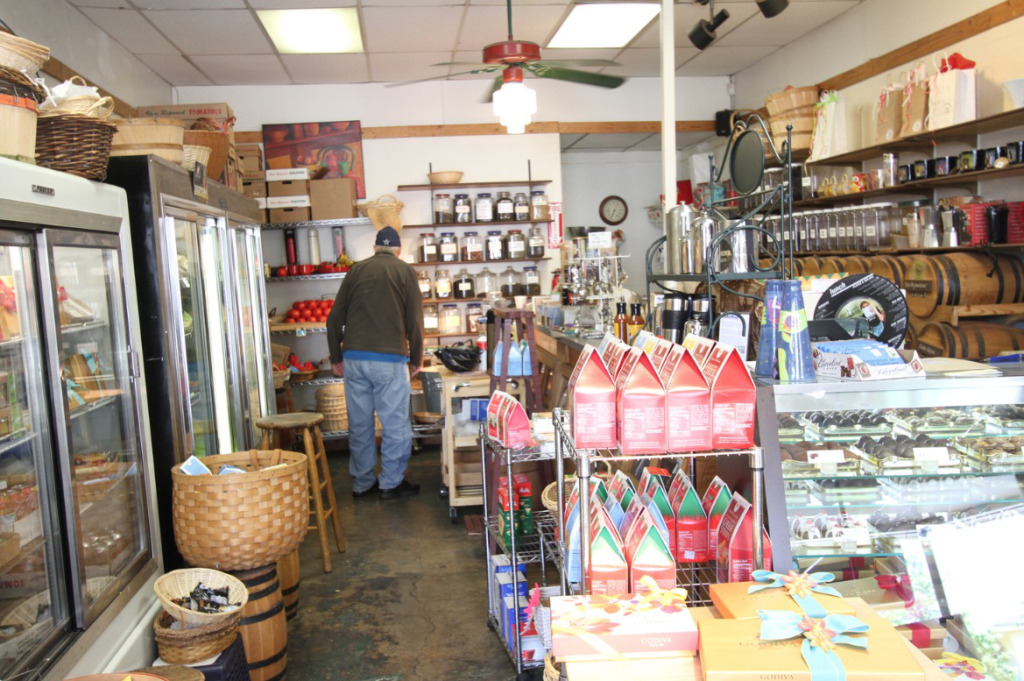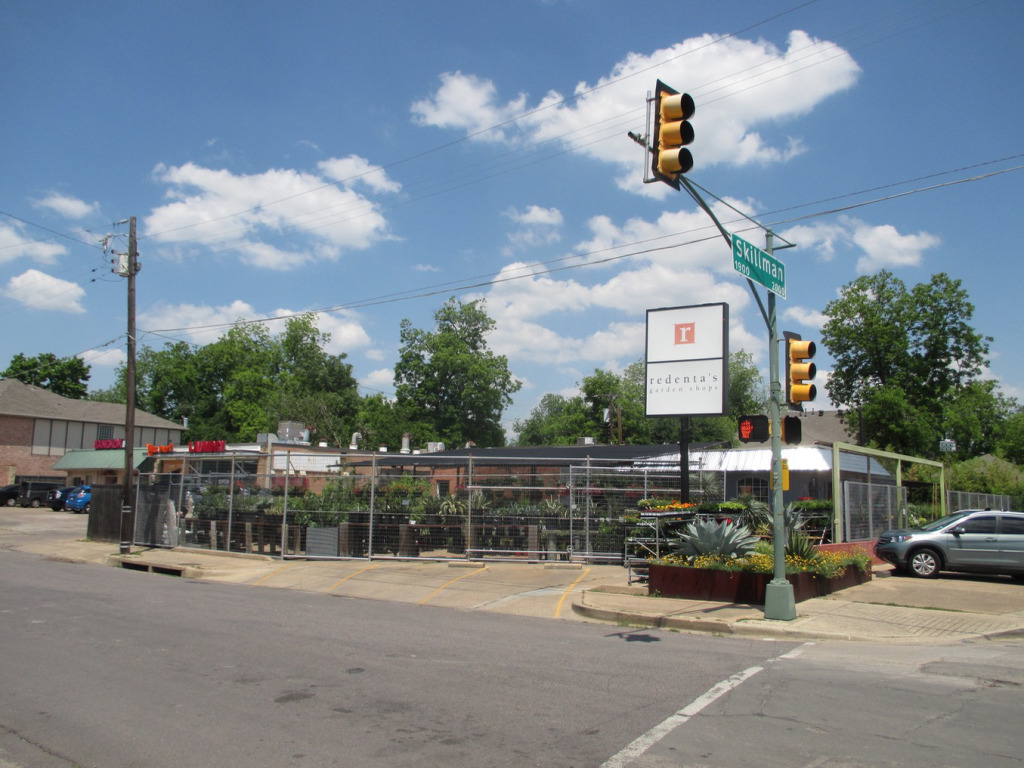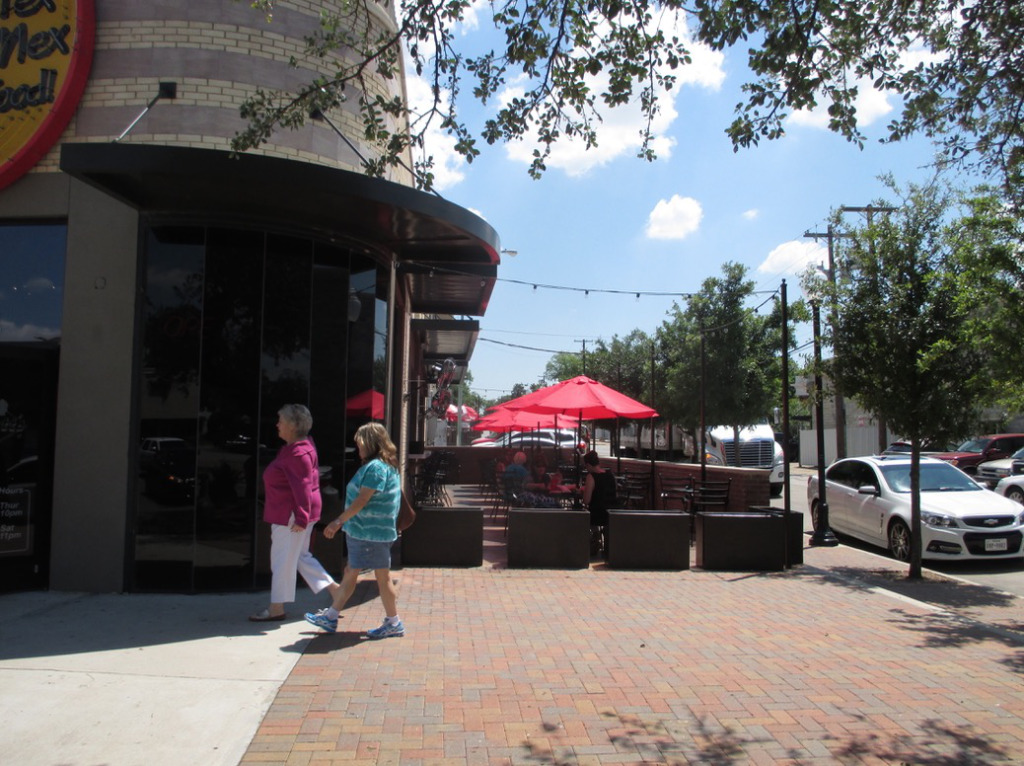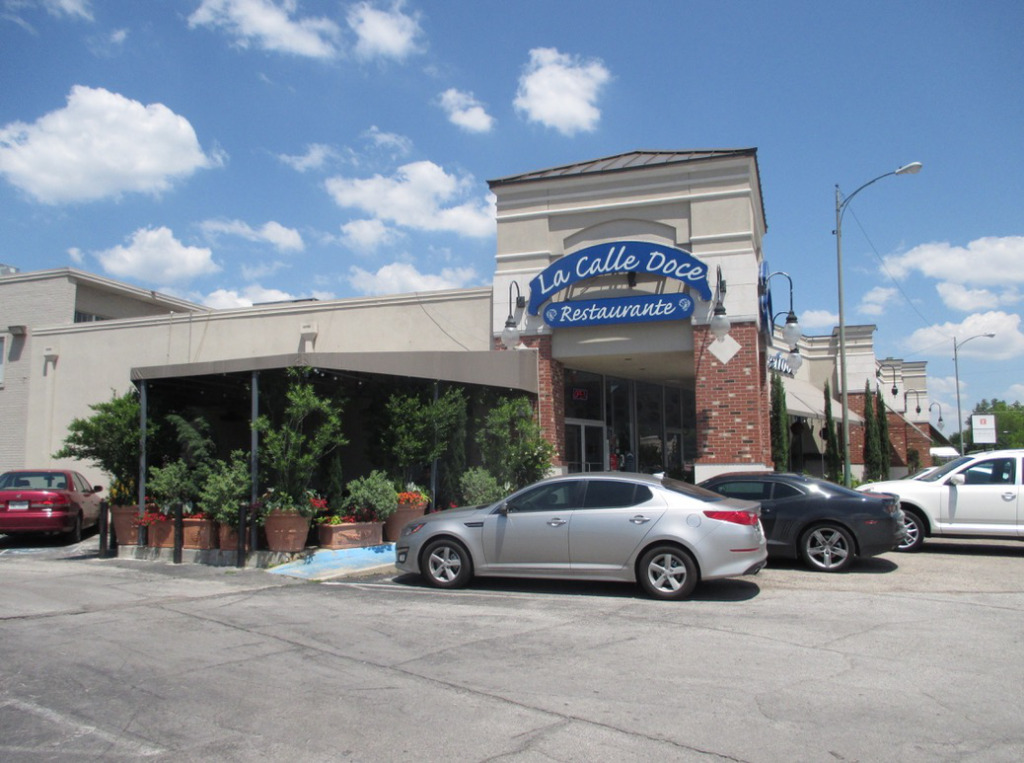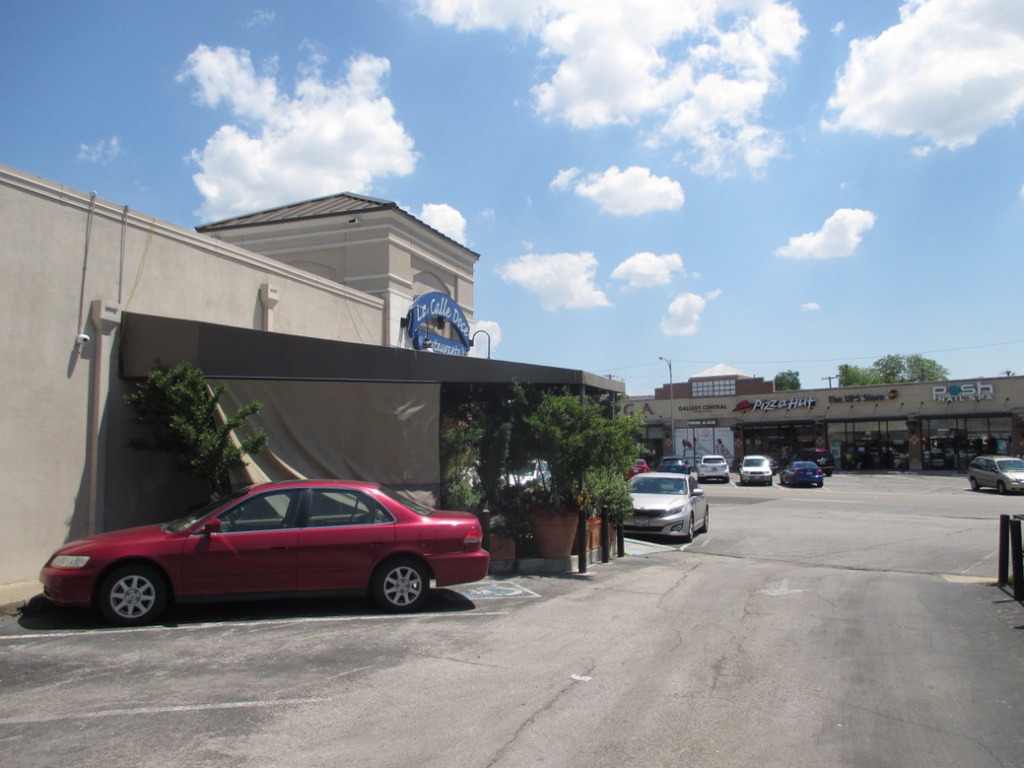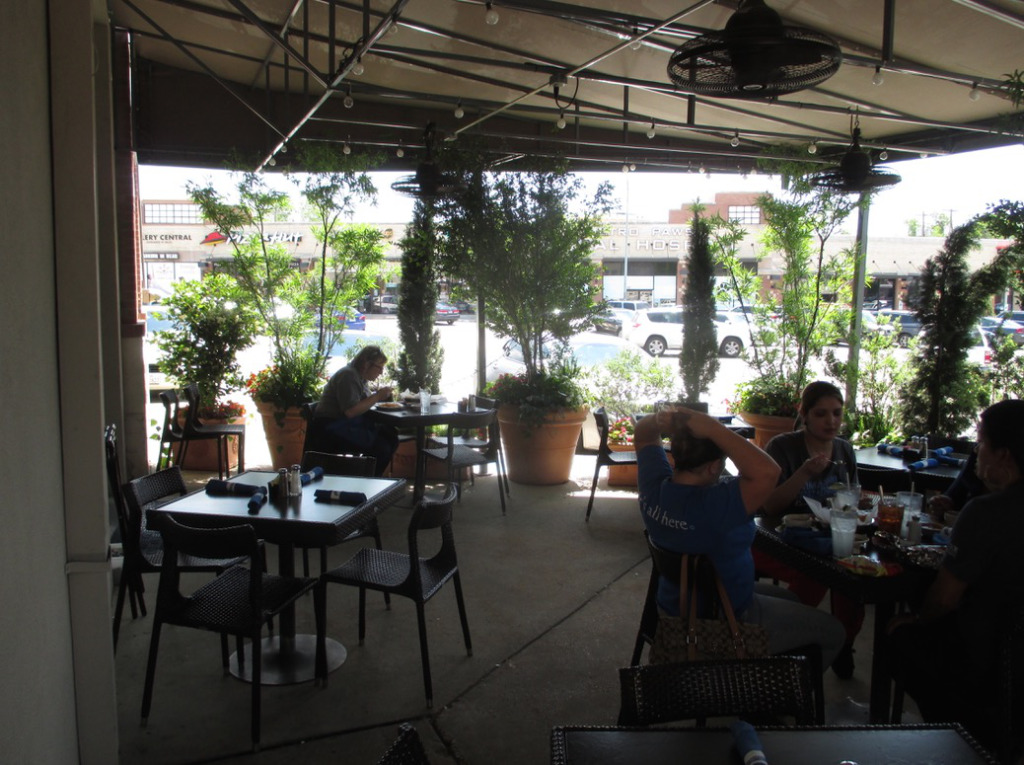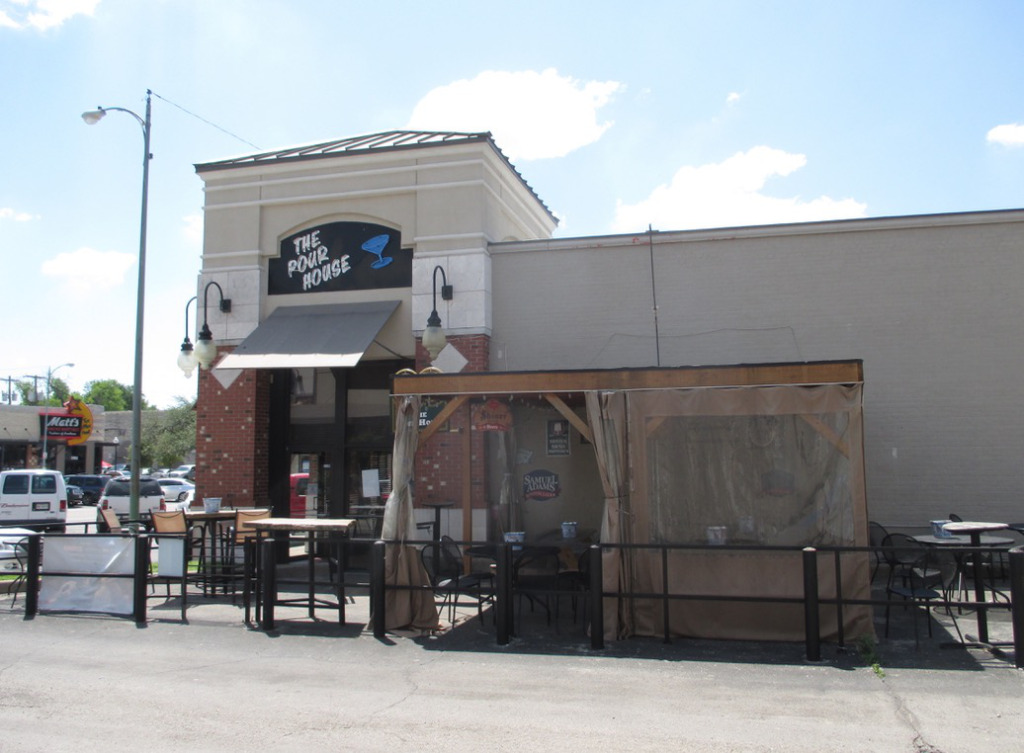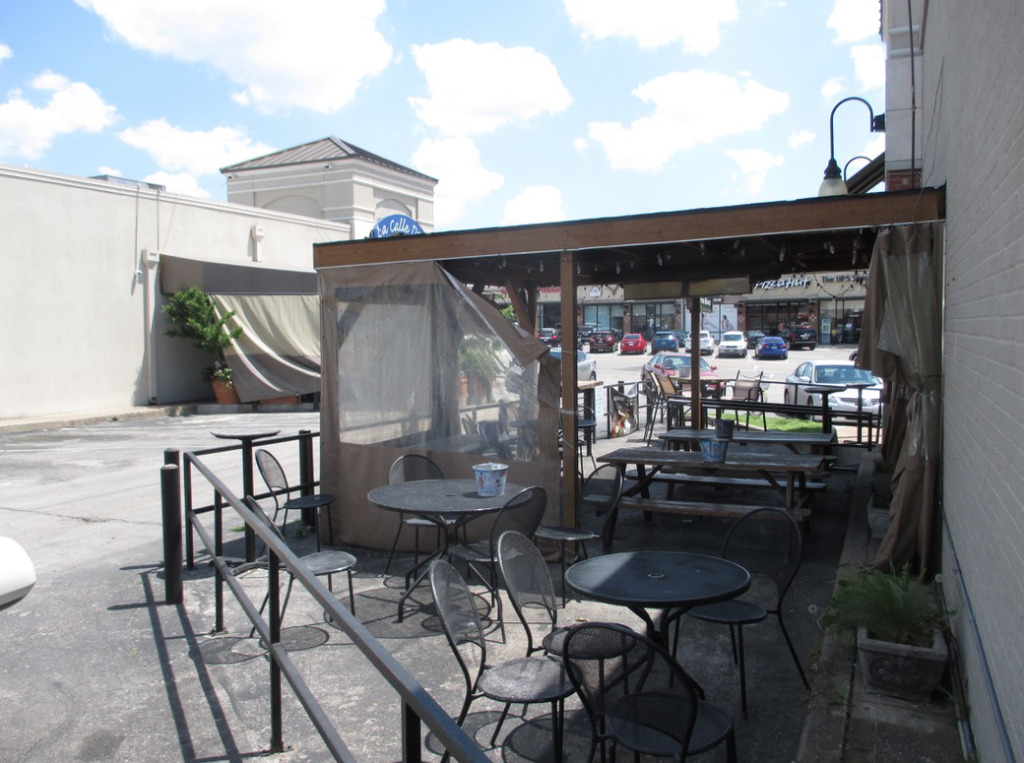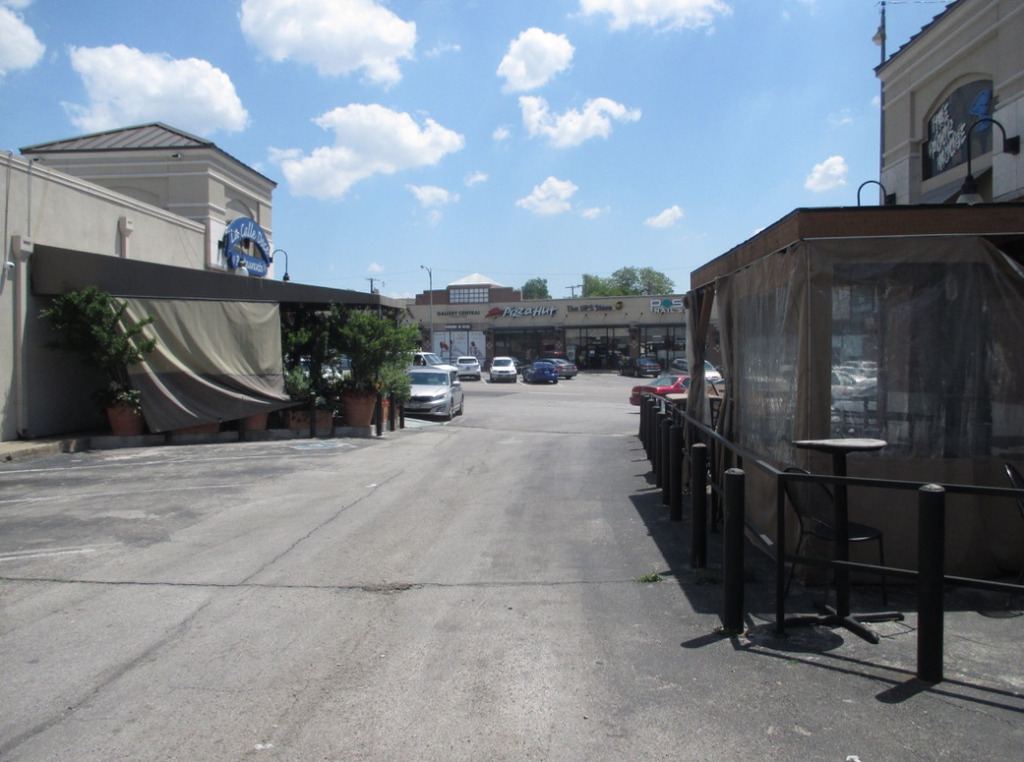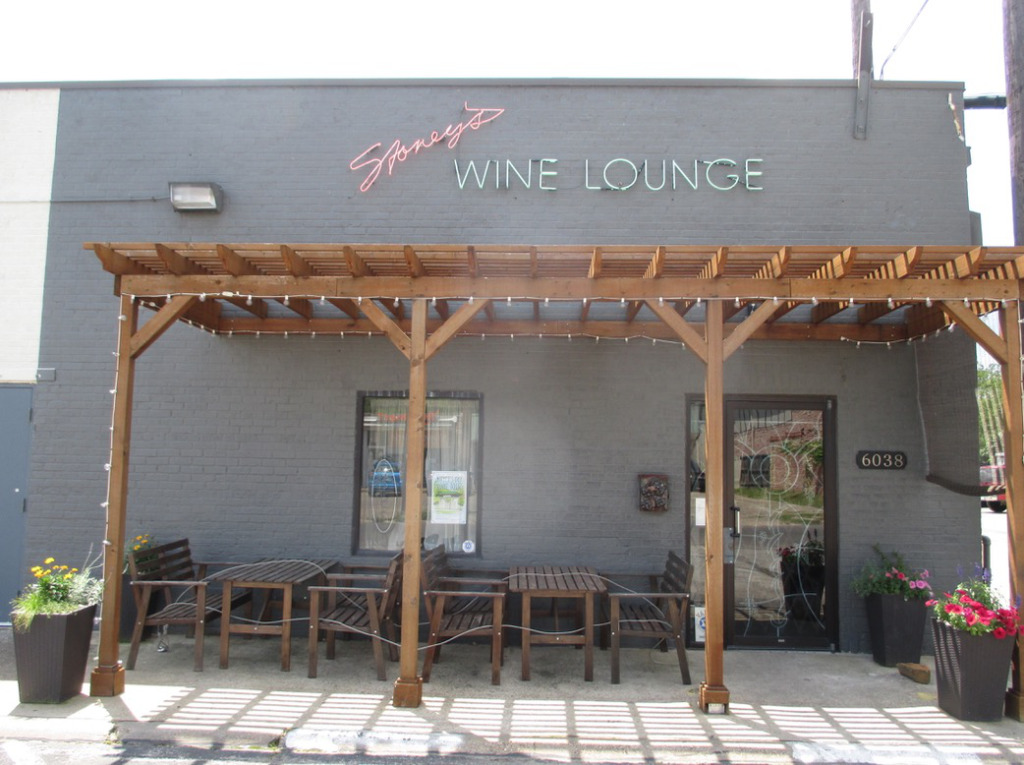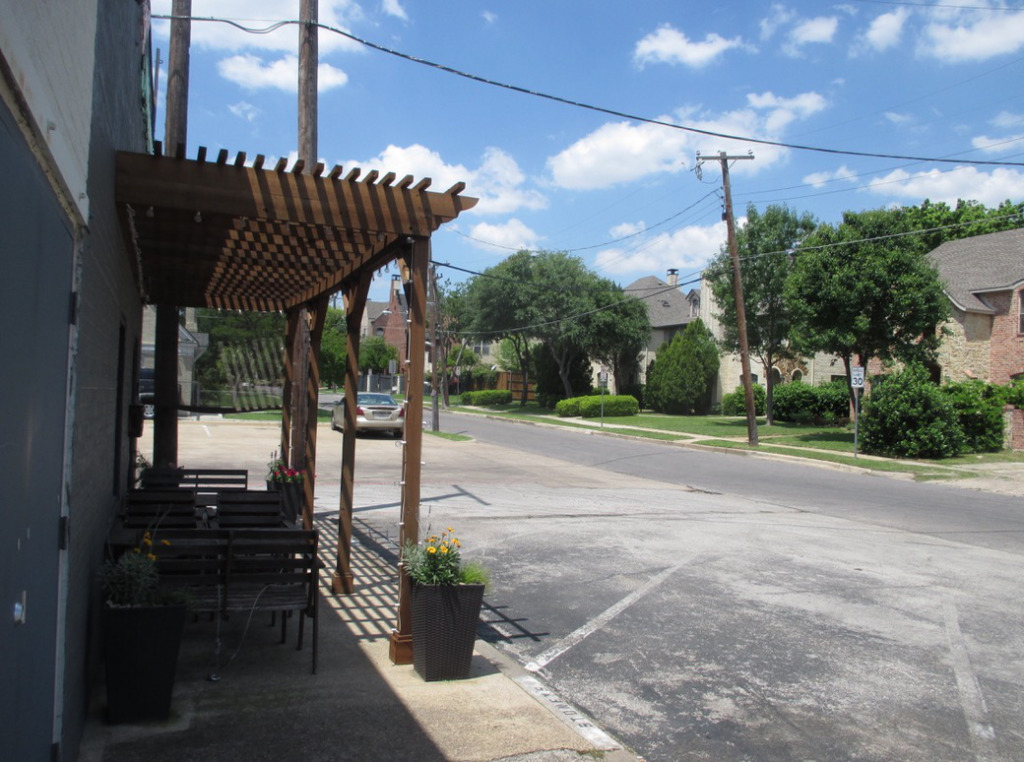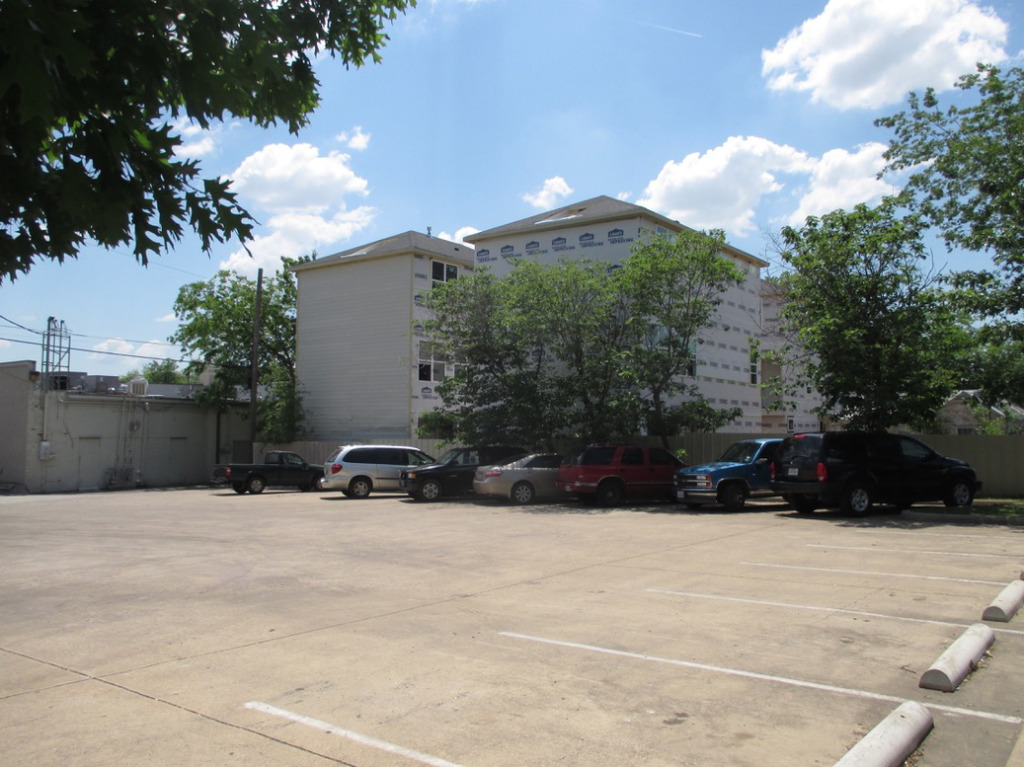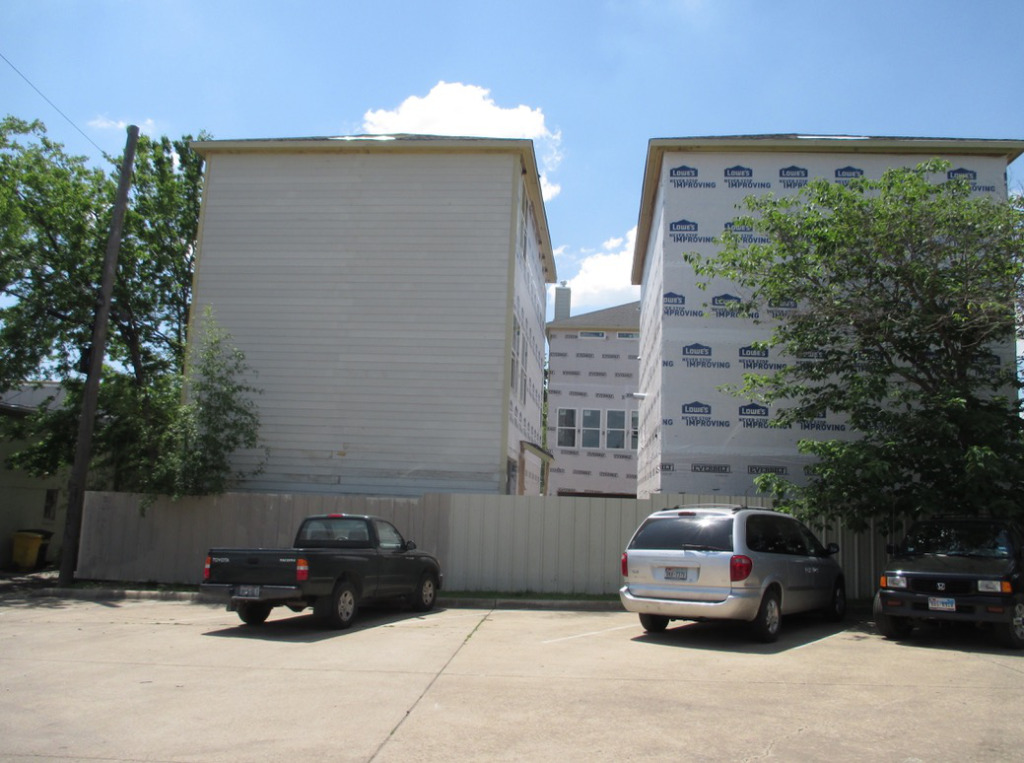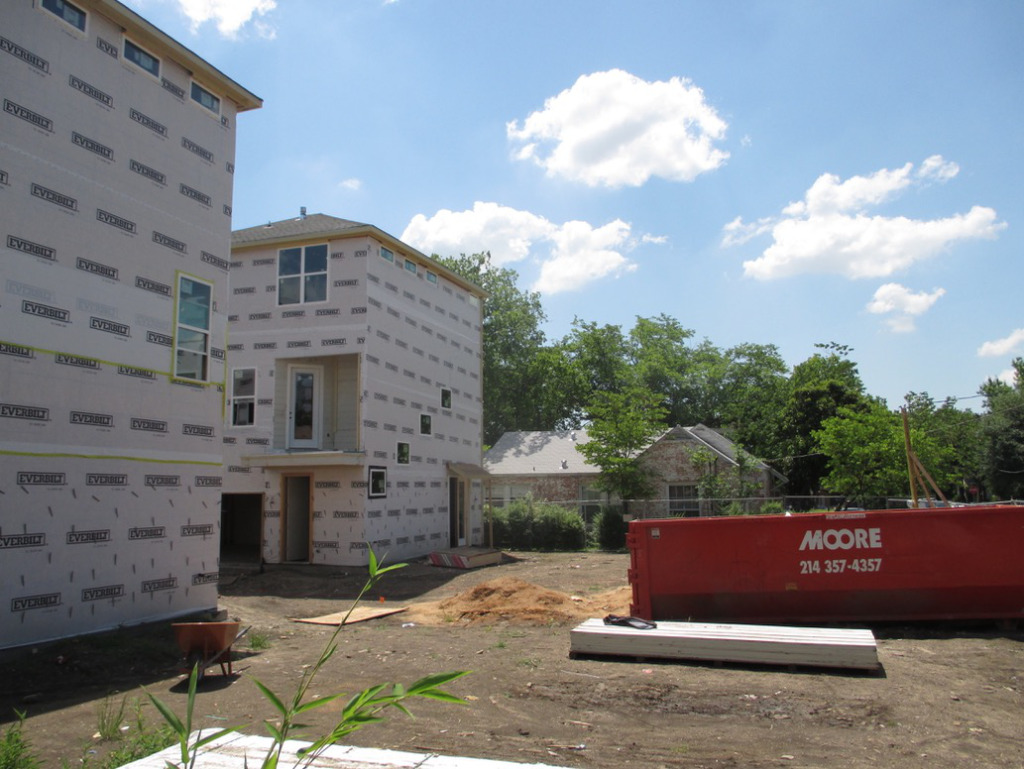The Other Kind of New Urbanism
This piece was originally posted on Granola Shotgun, the blog of one of our members, Johnny Sanphillippo. It is reprinted here with his permission.
The vast majority of everything ever built in North America has been constructed since World War II. And almost all of it is auto-oriented suburban development. Market demand is shifting as a larger percentage of the population wants a more urban living environment. To be clear, most people – even people who want a walkable neighborhood – still prefer a single family home with a bit of garden when they can afford it. But the supply of traditional Main Street neighborhoods is greatly constrained. Building new urban places from scratch is essentially illegal. So how does the market fill the supply gap without radically changing all the rules and procedures?
I was in Dallas recently and explored a neighborhood that at first glance was pure auto-oriented sprawl. Strip malls, parking lots, high speed arterials, and muffler shops dominated the landscape.
But on closer inspection something very subtle, but profound was happening. The existing building stock was being repurposed by the property owners and local merchants. Aging service stations were retrofitted to plant stores. Bland concrete box shops were given new life with interior design and high quality food. Mom and pop specialty grocery stores were filling a market demand not met by national chain convenience stores.
From the front nothing much has changed with any of these strip malls. But along the sides and back away from traffic where the commercial and residential zones rubbed up against each other merchants are cobbling together sidewalk cafes and beer gardens. It’s a simple matter of providing inexpensive outdoor seating, shade, some Christmas lights, and a bit of greenery. Underutilized asphalt becomes pleasant profit generating real estate on the cheap. And no laws have been violated. No one is arguing that this is Paris. But it’s a noticeably less miserable version of strip mall parking lots.
One of the quarter acre residential lots that abuts the back of the strip mall parking is making a transition from one aging single story ranch home to a cluster of three multi story homes. Each new home conforms to all the standard codes and zoning requirements including the required two covered off street parking spaces. There’s nothing new or weird or different or non-suburban about these homes. There’s just a more intensive use of the same amount of land.
When I think of how this neighborhood is likely to evolve over the next twenty years I see it moving incrementally toward something that looks and functions a lot like a traditional mom and pop Main Street. No fuss. No muss. No radical anything. Multiply this process across much of suburban Dallas and the city could become a network of small walkable nodes easily connected to each other by bike paths and just a hint of public transit and Uber style car services to supplement private vehicles. I could happily live in a place like this once it matures.

